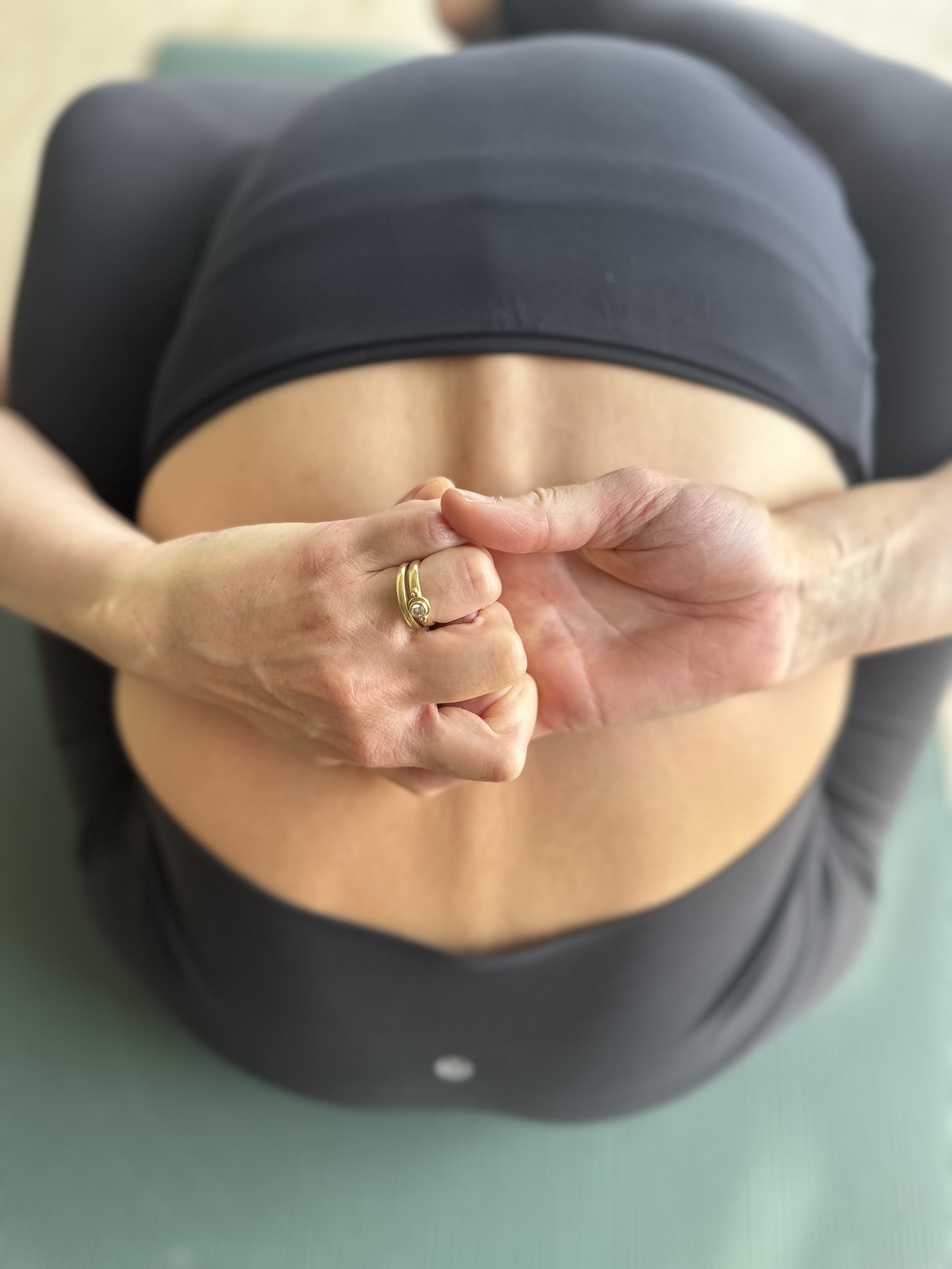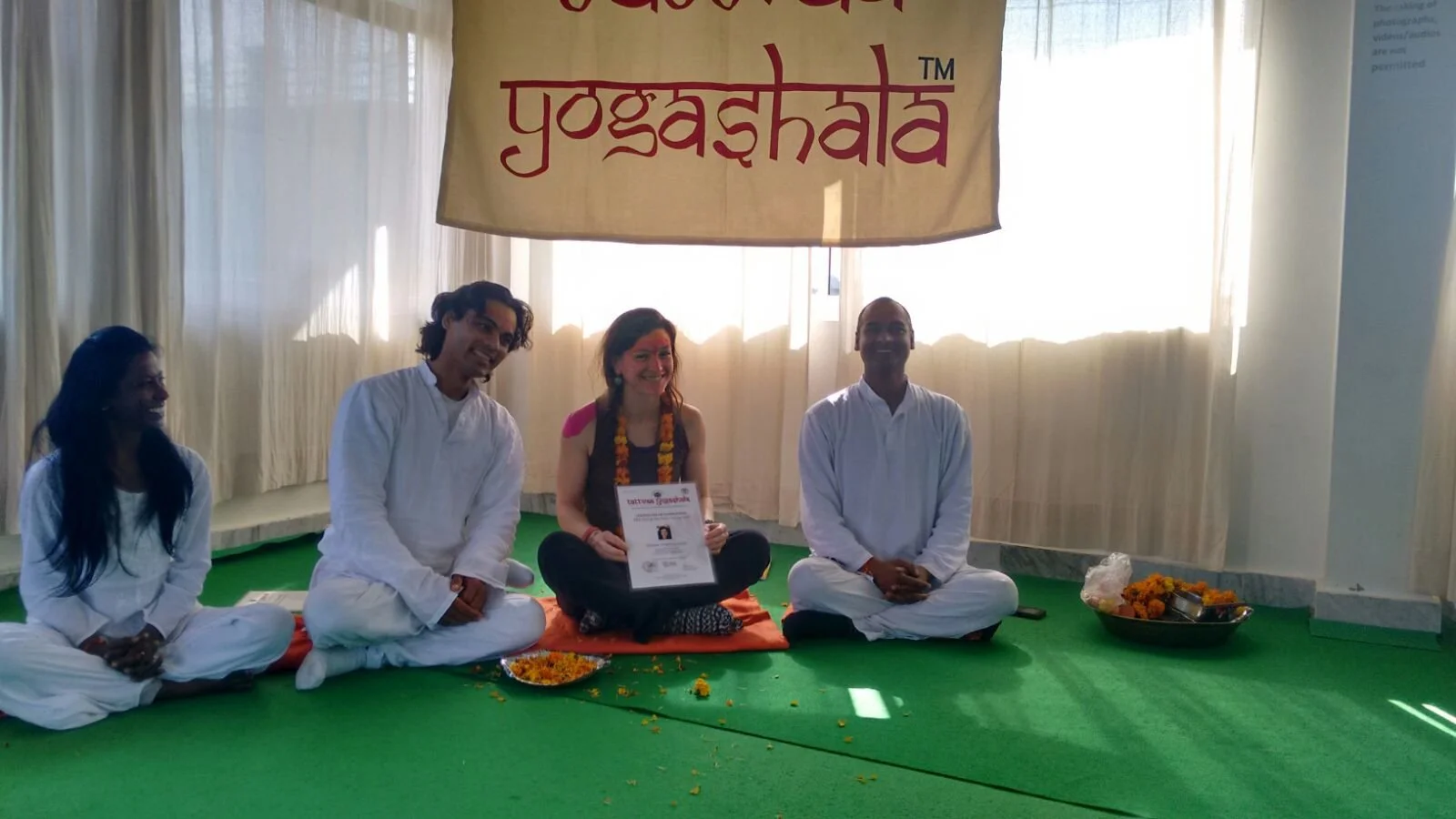Ambition and Ashtanga
How do we stay excited and interested in the Ashtanga sequences if we are not ambitious?
Do we always need more — one more posture, one more challenge, one more moment of external validation?
And if we get it — will we finally be whole?
When does it stop?
I do love the challenge of exploring a new posture. It’s exhilarating, consuming — like a puzzle I solve with my body. It brings me back to the mindset I had as a climber facing a hard route: Focused. Curious. Alive.
I absolutely love those moments. I thrive on them. They are an important part of my practice.
But what happens when we plateau?
When an old posture becomes hard again?
What is the purpose of my Ashtanga practice if my body suffers from the physical challenge?
Is it time to change tradition?
How am I going to practice at 75 years old?
I want a practice that will support me throughout life — not only in my prime physical years.
Ashtanga often appeals to those of us who are perfectionists — who believe that because the system has rules, structure, and precision, we can score 100% on some invisible test. That if we try hard enough, we can control it all. That our teacher’s strong adjustment will pull us into a shape we’re not quite ready for — and that this somehow proves we’re progressing.
But how do we reconcile the natural (almost inevitable) inflation of our ego with the foundational principles of yoga?
How can I be equanimous in my practice
Without craving a new posture,
Without seeking my teacher’s approval,
Without resenting the parts of my body that feel too stiff or not strong enough?
How can I be satisfied with what is — without falling into complacency or laziness?
I’ve asked this question more times than I can count.
And I keep coming back to the same answer:
The challenging sequence, the drishti, and the breath.
There’s power in a sequence of postures that bring us to our edge.
They challenge our breath, our focus, our presence.
They teach us to tolerate discomfort and help us realize the impermanence of things.
When my spine is twisting to its limit, when I pour all my soul into an asana — something shifts.
I turn everything inward, and I listen.
But that edge will change throughout life — and that’s where another stage of yoga begins.
We start to practice without ambition, but with the same enthusiasm.
The asana, whatever it is that day, becomes the place of practice — not the point.
I find my genuine edge, I walk that line, and I bring my full awareness inward.
I listen to my breath — listen to find that edge and not go beyond it.
I feel the subtle pranic movement in both the gross and subtle body.
That is when I’m fully absorbed.
That is when I’m truly practicing.
That is when I feel most connected to others.
I feel love for myself — and I offer it.
At that point, whether or not I catch my heels is irrelevant — as long as I’m meeting my edge with honesty, breathing through it, and listening to it.
I think it’s normal that Ashtanga doesn’t start there.
It starts with the asana first.
But once the sequence is known, once the details are applied — it’s time to go beyond the asana.
Yet I notice that many of us choose to stay focused entirely on that third limb.
When I watch people practice during Mysore, I often see impressive physical prowess.
I see hard work and discipline.
But I also see disconnection.
The breath is absent or erratic.
The focus is entirely on making a shape — or simply scattered.
We become unsatisfied, angry, or proud.
And I can’t help but worry that the practice will eventually disappoint — as soon as the body starts aging, or simply changing.
Then Ashtanga may seem hollow. Limited.
And I could not disagree more.
Ashtanga is a beautiful system.
But it’s practiced — and taught — by humans.
Imperfect ones. We all do our best.
But remember this:
Ashtanga means “Eight Limbs.”
Don’t stop at the third one.
You deserve more than that.
We all do..

When to skip practice?
It’s a sadhana; a disciplined and dedicated practice. Ultimately, practice should not be about you anymore. When we make it an offering, the struggle and the expectation soften. Showing up on the mat gets easier.

Why do I practice ashtanga
Why do I practice Ashtanga?
I’m gonna say it just like that: Ashtanga Mysore Style saved my life.

From MTL to QC
How did I end up here?
I now live in the Midwest with my husband and daughter. Needless to say, I did not plan to end up here. But life sometimes has a way.

Becoming a Teacher
My First Training
I did my first teacher training with Kamal Singh at Tattvaa YogaShala in Rishikesh at the foothills of the Himalayas. I went alone, not sure what I was getting into. That school had been recommended by a friend, but that was the extent of my knowledge about that training. I got there more anxious than ever, tired but very excited to be 100% dedicated to the practice. No work, no boyfriend, no social life, just me. Argh…and my inner monster (yeah… he followed me to India…).

Before Ashtanga
20 years ago (God, I’m old), I went with a friend to my first Hot 26 Yoga class (named differently back then). Despite feeling very depleted by this sweaty class where I died a little bit, I also felt great. My big inner monster was quiet for a minute or two. WOW! Something just happened. For a full moment, I felt calm and present, two qualities that were not part of my ordinary life.
